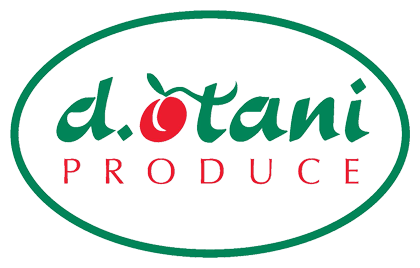One of the most popular educational sessions the Southeast Produce Council offers is the Power of Produce, co-presented by the Food Marketing Institute and 210 Analytics. 
At SEPC’s recently held Southern Exposure in Tampa, the Power of Produce session played to a standing-room-only audience and Anne-Marie Roerink offered in-depth data on the changing face of produce sales. In addition to the data presented, a panel consisting of Chris Dove, vice president of produce, merchandising and pricing for Food Lion; Andrew Schuster, director of produce for Target; and Reade Sievert, vice president corporate, produce at Associated Wholesale Grocers. The panel was moderated by Rick Stein, vice president of fresh foods at FMI.
One of the more significant takeaways from the session was that vegetables sales are now outperforming fruit sales. Roerink suggested the reason behind that may be because produce beverage sales such as smoothies are on the rise, causing consumers to think they are getting their fruit intake that way. Frozen is on fire, which is also impacting fresh sales,” said Roerink.
Top 10 takeaways from the Power of Produce:
- Produce is a planned purchase but wields significant impulse power through hot deals and eye-catching displays. Eight in 10 shoppers think through produce purchases ahead of time. However, 83 percent of these shoppers regularly purchase unplanned produce items.
- Sales promotions remain highly relevant with a chief role for in-store signage. Eighty-two percent of shoppers check for produce promotions, though print ads have been overtaken by in-store promotions.
- Shoppers recognize produce’s versatility, but consumption frequency remains an opportunity. Household penetration is near 100 percent, though only 35 percent of shoppers consume fresh produce daily, pointing to snacking, dinner and lunch as the most promising meal occasions.
- Convenience continues to drive sales for fruits and vegetables. Value-added produce and packaged salads witnessed solid growth of 3.5 percent in dollars and 3.2 percent in volume.
- Organic continues to be a growth-driver. Of the 63 percent of shoppers who have bought organic produce, 27 percent buy it whenever possible.
- Shoppers use recipe websites, family and friends for meal inspiration. Forty-one percent of shoppers are inspired by recipe websites and 38 percent by family and friends.
- Nearly half of consumers adhere to a specific eating lifestyle or diet, impacting produce choices. Eating styles, whether weight- or health-focused, are increasingly common, including organic, vegan and gluten-free diets.
- Produce information requests point to an important role for shopper education to drive sales and customer satisfaction In-store signage, on-pack information and produce associate engagement all play an important role in teaching shoppers.
- Supermarkets continue to be produce powerhouses but face increased competition, including e-commerce. Growth prediction for online produce spending are strong. More than half of shoppers primarily buy produce at supermarkets, though 29 percent of shoppers have purchased fresh produce online, up from 20 percent in 2019.
- While packaging debates dominate media headlines, shoppers are divided between functionality and sustainability. Thirty-one percent of shoppers believe produce packaging functionality matters most, 31 percent say the environment does and 34 percent believe produce packaging should strike a balance between the two.

